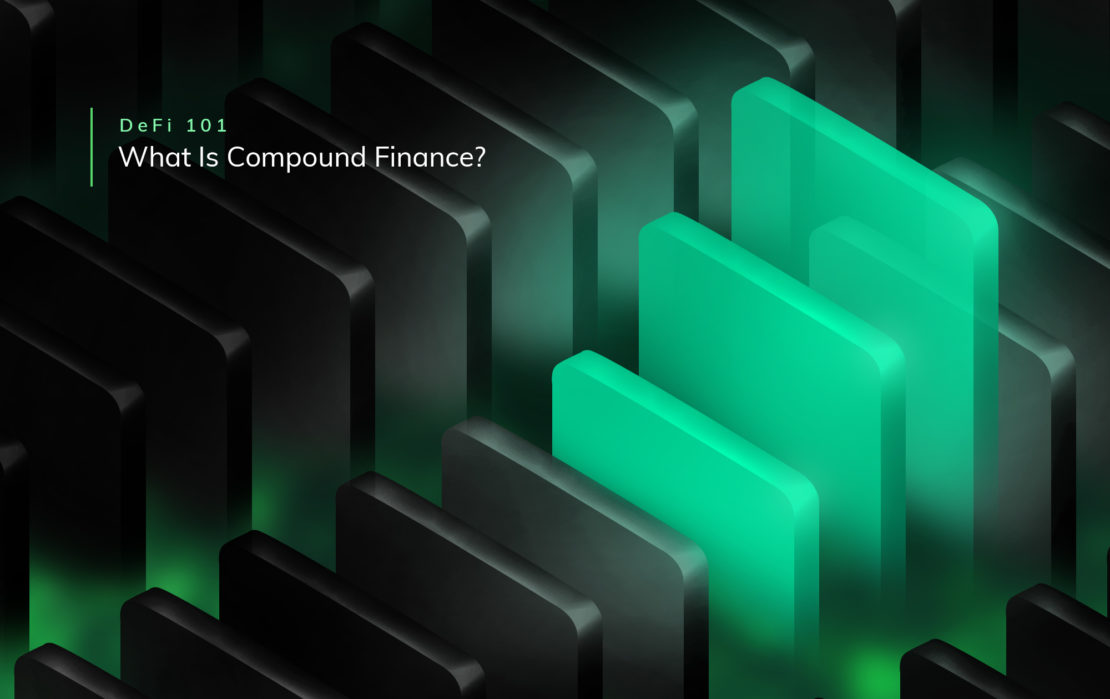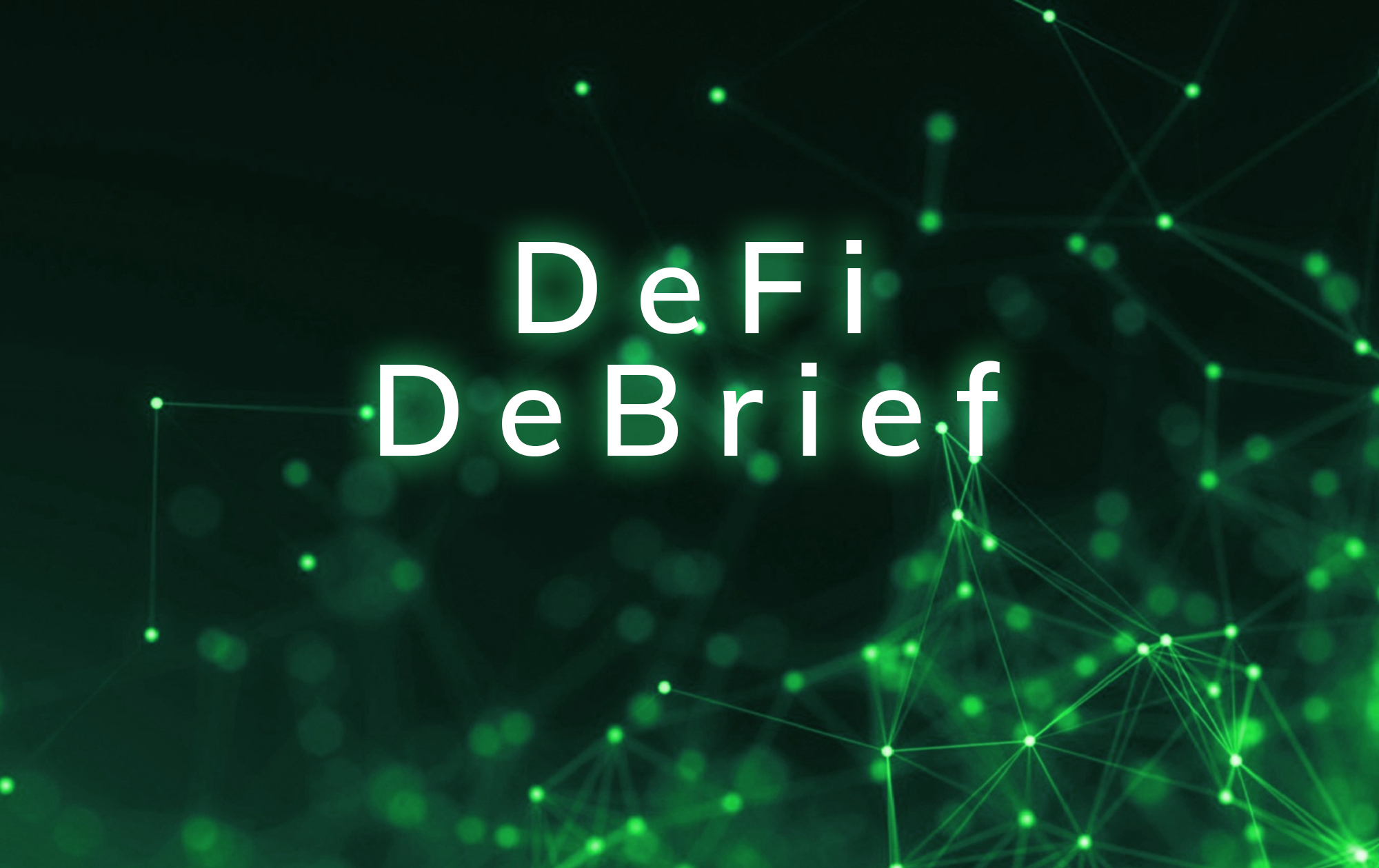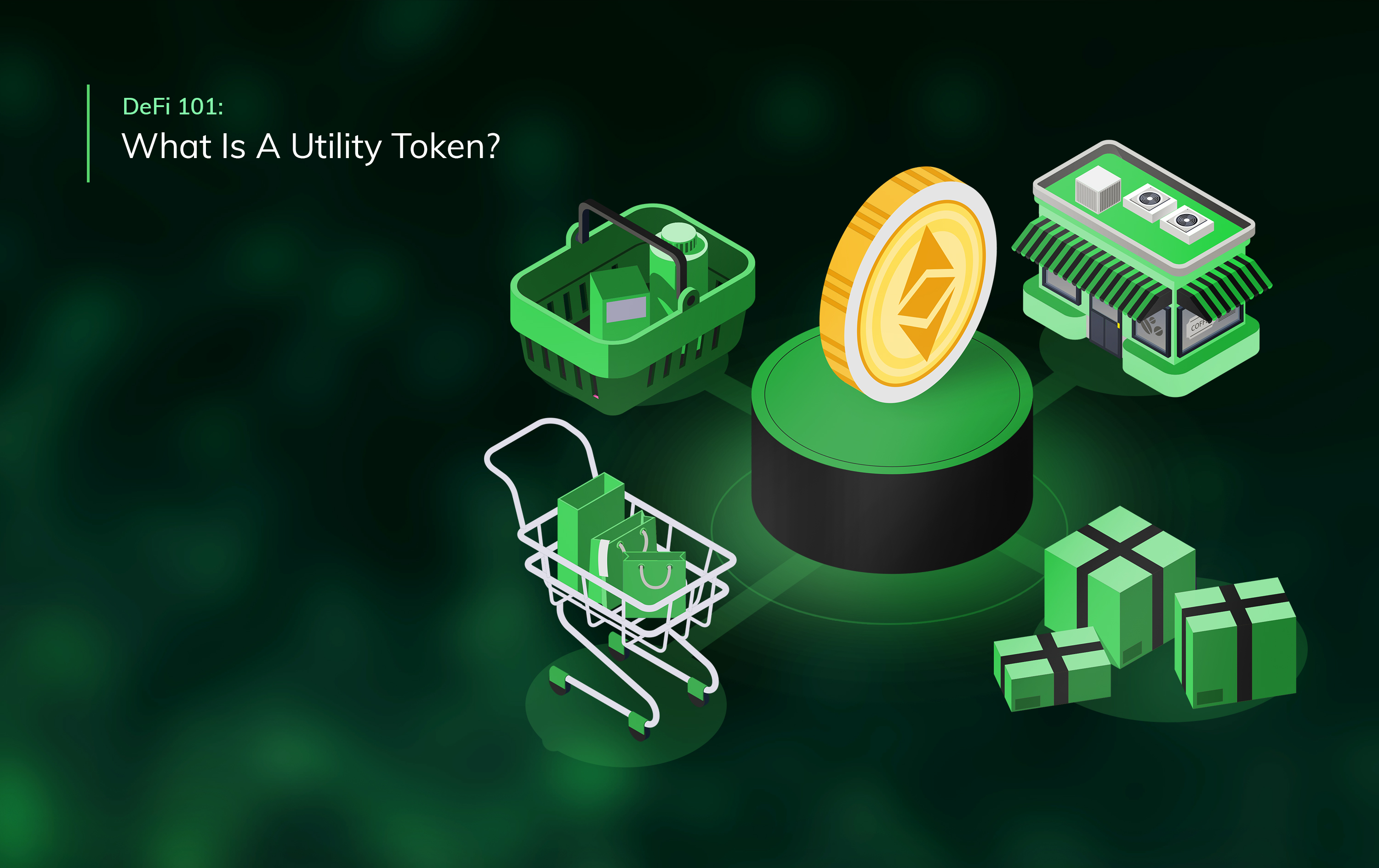DeFi 101: What Is Compound Finance?
Compound Finance is a decentralised finance (DeFi) protocol that lets you lend and borrow cryptocurrencies without an intermediary. The decentralised application (dApp) works a little like a traditional savings account, allowing users to earn interest on idle assets.
— —
In the summer of 2020, the blockchain came to life.
Users flocked to a new breed of decentralised applications — and over the course of a few months, ‘DeFi Summer’ became etched in crypto lore.
DeFi Summer is the name given to a period when decentralised finance found its fanbase for the first time. And between January and December, some $15 billion was locked in DeFi applications (up from a few hundred million at the end of 2019).
Leading the revolution was one of the earliest DeFi apps ever built: a sophisticated idea that has since become the standard bearer in decentralised finance.
The app is called Compound, and today, we’ll run you through what it is.
Ready? Let’s begin.
Compound Finance: Background
Compound Finance launched in 2018.
The protocol’s primary focus was to allow anyone to generate a yield from their idle assets, working in much the same way as a traditional savings account.
Users deposit assets into Compound, the protocol lends the assets to borrowers (generating interest), and Compound pays said interest to its user. And this was the first time anyone with an internet connection could earn interest without a bank.
What makes Compound so compelling is that it not only generates interest for savers; it allows borrowers to secure a loan from the platform in just a few clicks. In fact, Compound handles all the capital flows, using an algorithm to set the interest rates.
And since Compound’s inception, hundreds more decentralised applications have been launched in pursuit of equally trustless financial services.
But here’s how Compound tackles the hugely complex task.
How does Compound generate interest?
Compound generates interest in the same way a bank generates interest. It lends money to borrowers at a variable interest rate.
How does Compound have money to lend? Just like a bank, Compound gets savers to ‘lend’ it money by offering them a cut of the interest it receives from borrowers. It’s nothing more than a traditional finance model powered by a decentralised application.
But that’s not to say it’s easy to use. If you want to lend money to Compound, you first need to create a crypto wallet, such as MetaMask. You then need to buy some Ether (Eth) to cover the transaction fees of using the Ethereum blockchain.
Once you have these parts in place, you can deposit your assets and earn interest from Compound Finance. And what about borrowing?
Let’s cover that now.
Borrowing from Compound Finance
As we’ve said, Compound generates interest from borrowers, which means there must be people willing to borrow money from the protocol.
How does the borrowing process work? In a similar way to deposits.
You need a crypto wallet, and you need digital assets. Why digital assets? Because Compound offers something called collateral-backed loans, meaning you have to put down collateral before you can secure a loan.
Put another way — if you want to borrow $50, you might first have to deposit $100 worth of, say, Ether before you can release the loan. This is known as over-collateralisation, which mitigates the volatility of cryptocurrency.
Protocols are working on ways to add under-collateralised loans to their product, but these are riskier, so they’ll take time to develop.
For now, let’s look at what makes Compound so appealing.
What makes Compound so appealing?
Compound is one of the original decentralised finance applications.
It has stood the test of time, avoiding falling victim to hacks, which makes the protocol unique in its own right. And several more aspects set it apart from other DeFi apps:
- Variable interest rates
Compound interest rates respond to market forces. As borrowers enter the market, interest rates rise automatically (and interest rates drop as demand dries up). This makes it a suitable place to earn sustainable interest over the long term.
- Flexible repayments
Most loans come with a fixed repayment schedule. That’s not the case with Compound; there’s no set time frame for repayments, leaving borrowers to decide when they want to settle their debts and release their collateral.
- Yield farming
Compound was the first DeFi protocol to incentivise users to interact with its platform using a native token. In June 2020, Compound launched COMP, considered by many as the spark that kickstarted DeFi Summer.
COMP led to the creation of yield farming, in which investors increase earnings by searching for optimal APYs across protocols.
Reliable yield at all times
Compound has been around since 2018, which may not sound that long, but it’s a lifetime in crypto terms.
The fact it has survived proves it to be one of the most reliable dApps in the ecosystem. Moreover, the protocol generates interest from long-standing assets like Ethereum and USD Coin (USDC), another mark of its quality.
This is why Elitium trusts Compound to generate yield for clients. And when combined with other DeFi protocols, the yield becomes really rather attractive.
Interested to learn more? Schedule a chat with our team today.




